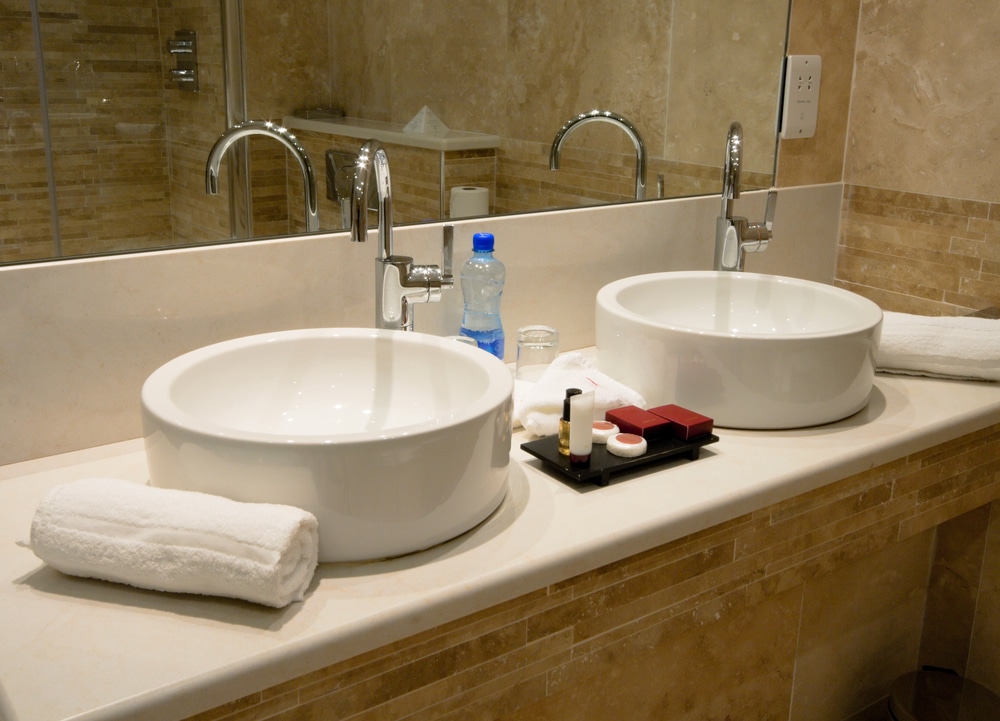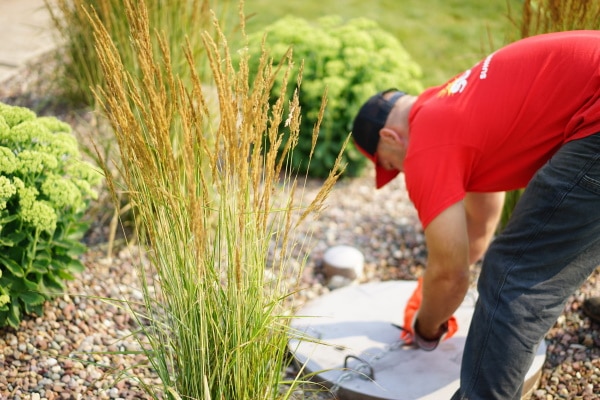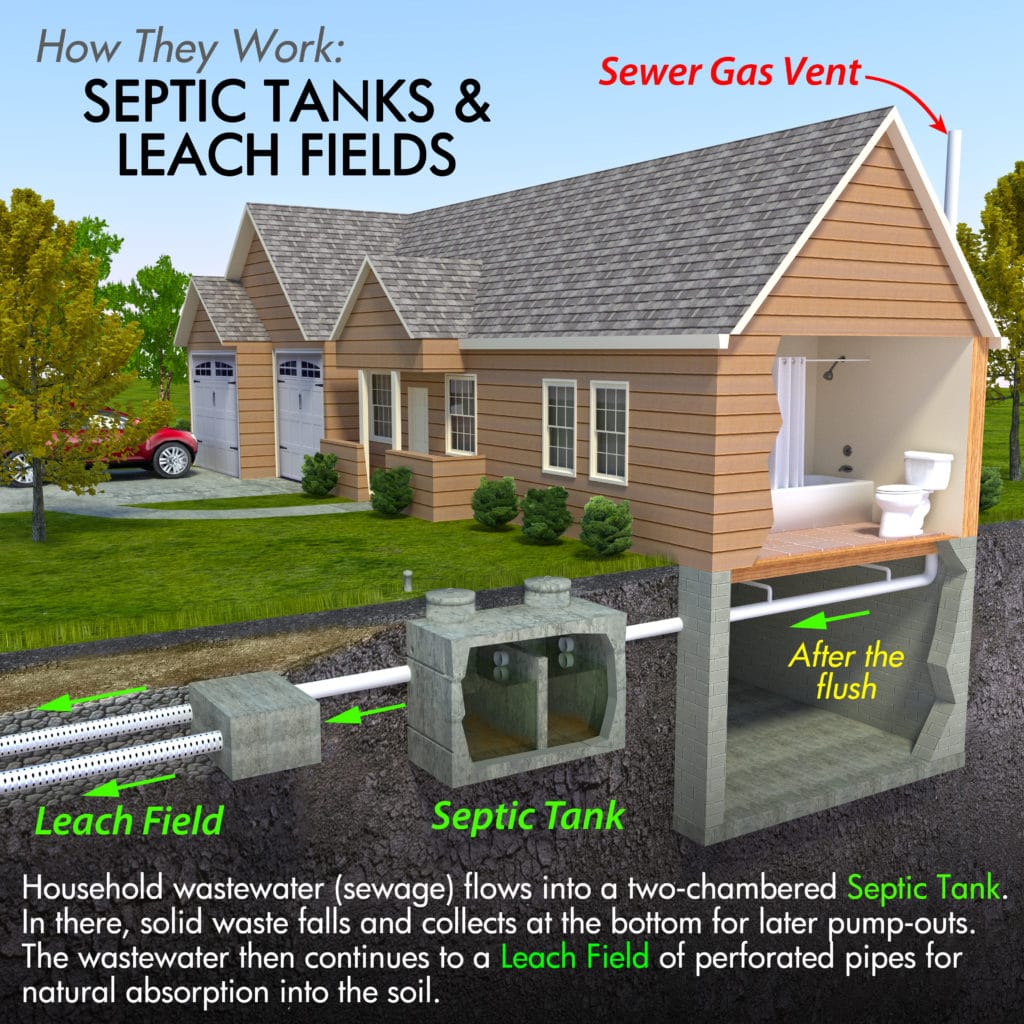Septic System Do's and Dont's
Proper care and regular maintenance of your septic system can ensure years of hassle-free use. Get our professional tips on how to care for your septic system from the pros with over 30 years of experience at Sunset Septic.
DO

Do keep trees and brush at least 15′ away from your septic system to keep root systems from restricting flow
Do educate your family as to proper use of the system
Do check for faucet leaks; it is estimated that one leaky faucet can waste as much as 700 gallons of water a year.
Do set up and adhere to a sound system of inspection and cleaning.
Do install risers if needed. If the tank is more than a foot below ground level, simplify inspection and cleaning by installing a riser/manhole just below ground level. Most recently installed tanks that are just six to twelve inches below ground would not need a riser.
Do use boiling water or drain snake to open clogs.
Do minimize use with garbage disposals.
Do keep accurate records pertaining to location and cleaning of the system in your permanent house file so that this information can be passed on to the next owner
DON'T
Don’t do all of your laundry in one day; space it out
Don’t put a lot of water into the system at one time. Use the water sparingly and teach children to do the same.
Don’t use chemical compounds or septic tank cleaners. They do not improve the bacterial decomposition and may actually hinder it.
Don’t use large amounts of laundry soaps, detergents, bleaches, drain cleaners, etc., as the recommended quantities should not adversely affect the system. Liquid soap is best.
Don’t discharge any water treatment into septic system.

Don't Flush
- Baby wipes
- Hair combings
- Coffee grounds
- Dental floss
- Food wrappers
- Disposable diapers
- Cat litter
- Feminine products
- Cigarette butts
- Latex products
- Gauze bandages
- Fat, grease, or oil (from cooking)
- Paper towels
- Excessive amounts of bleach
- Excessive garbage disposal waste
- Hazardous materials
- Other heavy materials
NEVER flush chemicals that could contaminate surface and groundwater, such as:
- Paints
- Varnishes
- Thinners
- Waste oils
- Photographic solutions
- Pesticides
Maintenance
Septic System Maintenance
According to the EPA, or the US Environmental Protection Agency, more than 1 in 5 households aren’t connected to public sewer systems. Instead, these estimated 60 million people utilize onsite or decentralized wastewater sewage systems. Septic systems are the most common among these private sewage systems.
Septic systems, which include both the tank and the absorption field above it, require maintenance to ensure they function the way they are designed. The tank will need to be pumped to remove solids every so often. The frequency depends on three factors:
- How many people live in the home or on the property
- How much wastewater is generated using toilets, showers/baths, washing machines, etc.
- The amount of solids in that wastewater, including those produced from garbage disposals.
The absorption field, also called a leach field, is designed to allow the soil and grass to filter and treat the wastewater once the septic tank has removed solids. This area won’t need the same kind of maintenance as the tank, but there are a few things you should know so you can care for it properly.
- DO divert other excess water, such as runoff, away from the absorption field. This area is already filtering wastewater, and additional water can cause flooding.
- DO NOT cover the absorption field. Part of the filtering process includes feeding the grass in the area as well as evaporation. It can’t function properly if there is concrete or asphalt on top of it. These things can also add weight on top of the septic tank and cause cracks, which can then cause a sewage spill.

- DO NOT drive on top of the septic tank or over the absorption field. This can also cause cracks that would allow sewage into the surrounding soil.
- DO NOT plant trees, shrubs, or other plants with long or thick root structures. These roots can get into the leach lines and cause trouble for yo
